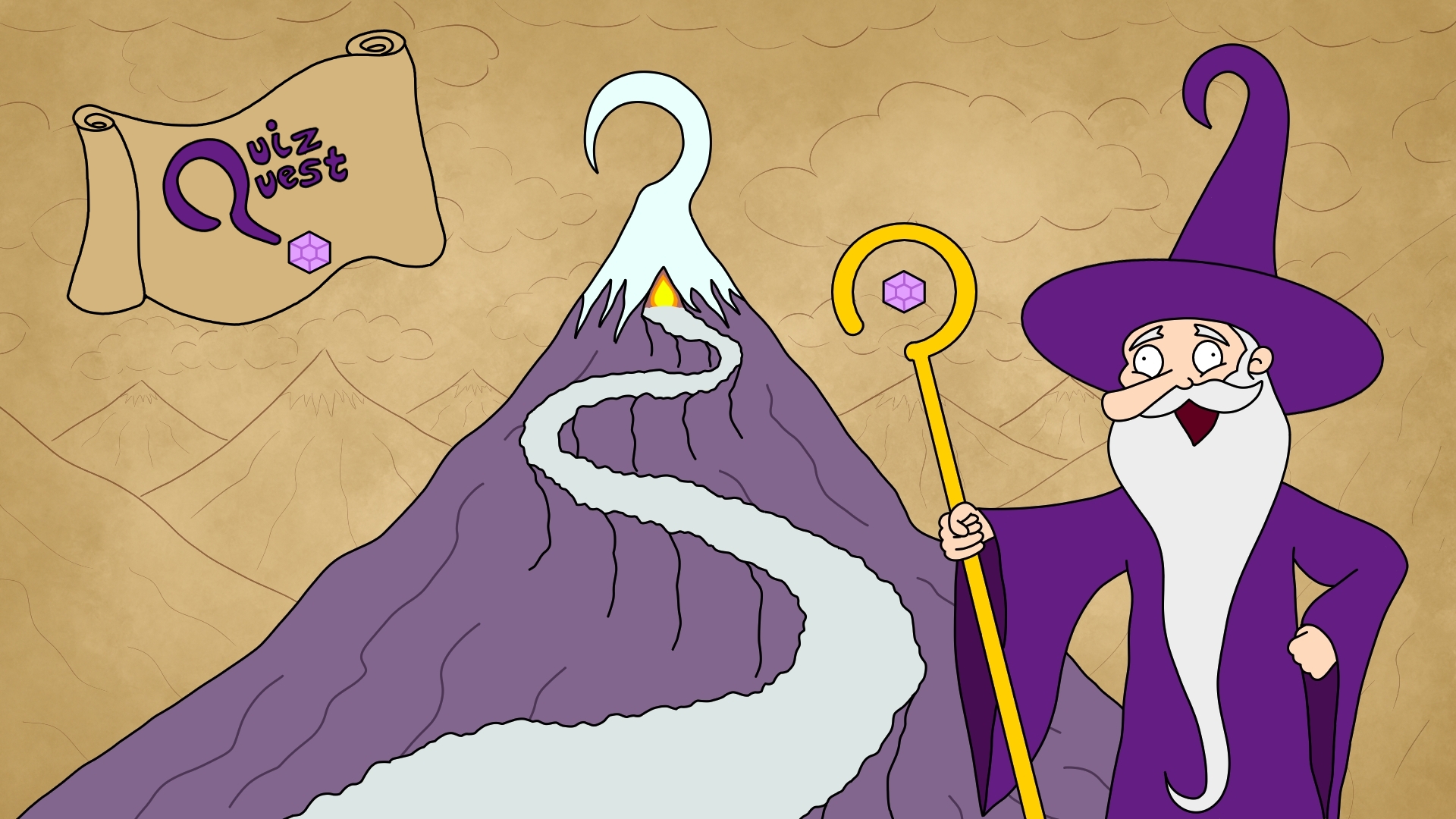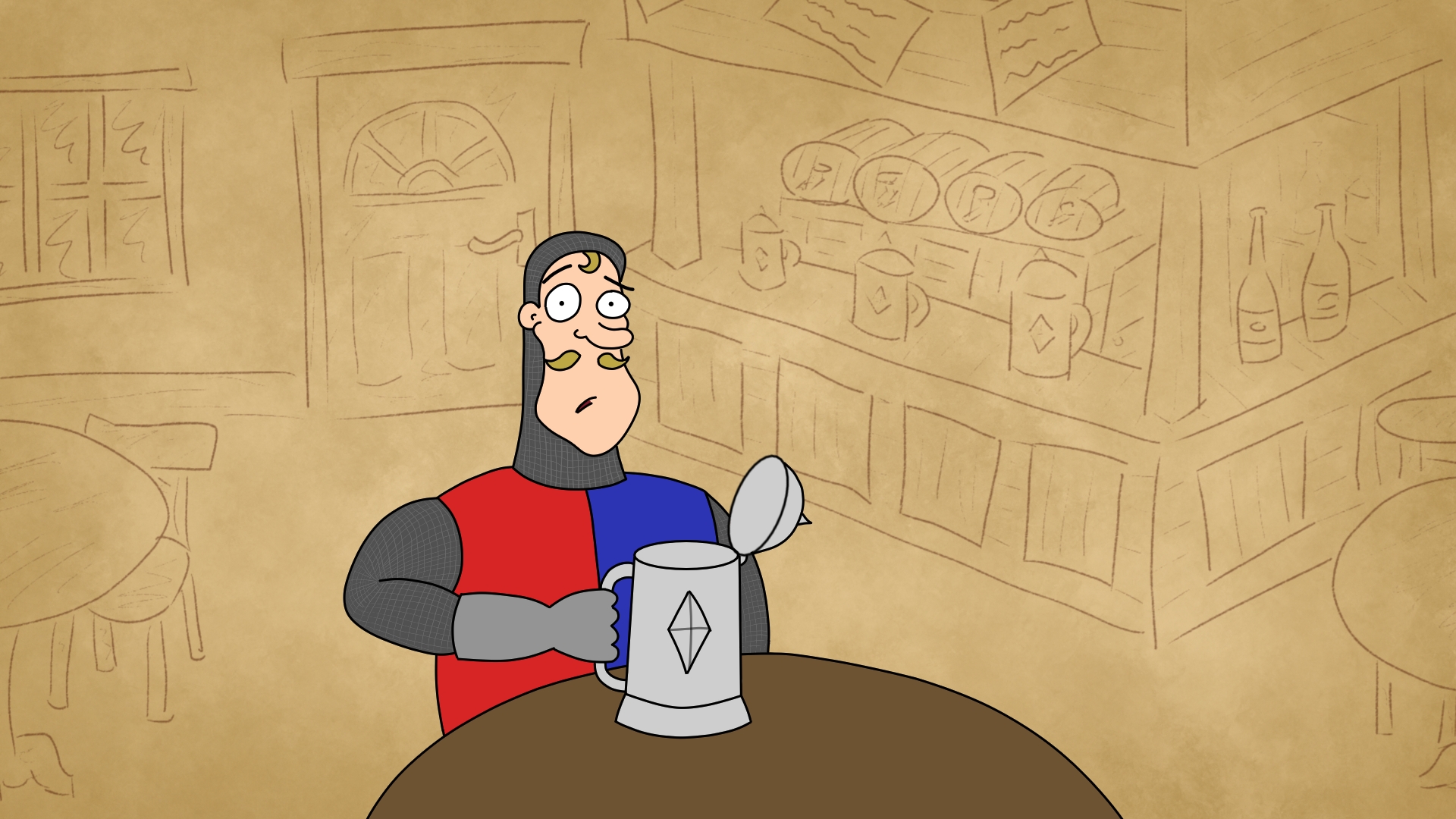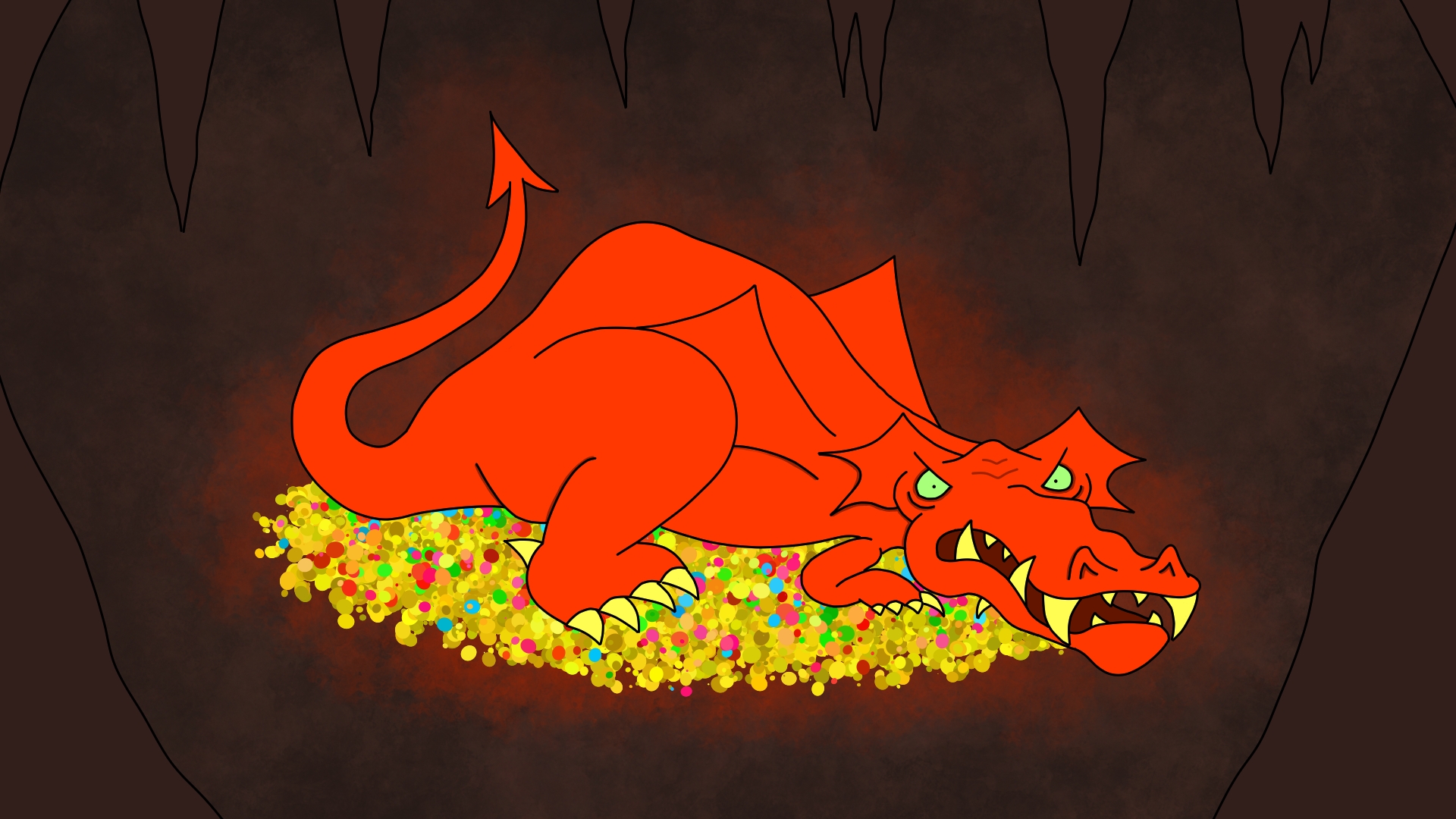To get advice on how best to create a system for Quiz Quest that would simultaneously handle presenting and scoring I got in touch with our original developer, Nate, who was the go-to guy for all things computers when I was at uni. Together with Michael, we hashed out ideas for the prototype and landed on Jackbox-style gameplay with players connecting and playing using their phones as they watched a shared central screen via video call. I would still be presenting live, as remote team-building remained our focus, but the idea of automating the game was recognised as a development for the future. So, while I digitised the placeholder artwork, made my first pass at composing the soundtrack and rewrote the script based on the feedback from our early playtesters, Nate began coding a system which had everything we needed for an MVP (Minimum Viable Product) that I could then use to build the prototype of the game (more about the MVP next time).

One suggestion for the script rewrite that came up during a playtesting session with some writer friends of mine was to give the players the choice of how to respond during character interactions. My first draft just had set lines that the players were expected to speak, which meant they didn’t have much agency, so giving them the option of what to say would put them more in control of the interaction and make it more of a personal experience. Multiple dialogue options would also add to the game’s replayability, so I was definitely on board. It meant a lot more work for me, rewriting every scene with multiple dialogue branches, but it was a lot of fun; I could flesh out the characters more, indulge in some world-building and add lots more humour. Hopefully it pays off in the final game!

As for the soundtrack, I knew I wanted a big orchestral score with an adventurous, fantastical and tongue-in-cheek style that would do a lot of the storytelling for me and make up for the current lack of motion in the visuals and the absence of sound effects (which were too much for me to incorporate as a live presenter). I started by writing the important themes that would recur throughout the score: a folksy tune for the village of Derring-Do, a noble horn theme for Sir Answerlot, a twisted minor-mode theme for Spontanius the Combustor, an energetic theme for the highwayman Robin Yewblind, a joyful motif for the Quiztals (magical objects that the players collect) and two themes for the players themselves which would feature prominently in the ‘Main Title’ music - one representing their adventurous spirit and one representing their cooperation. In addition to the main title and the end credits, there were nine scenes which each required a cue of background music that could loop, introductory music and short cues for success and failure when the scene ended. Some of them also required additional cues for different character interactions within a scene, as well as battles, chases and the quiz rounds. I hadn’t written this much music in years, but I had been relishing such an opportunity since leaving uni, so I threw myself into it with enthusiasm and had the first pass of the full score completed in a couple of months.

Digitising the artwork was a far tougher job than writing the script and composing the music because I hadn’t really drawn anything since doing GCSE Art. But because, at this stage, I thought that all we needed was some placeholder artwork that would then be completely overhauled by a team of experienced professionals once we secured funding, I decided to do it myself. I got myself a tablet, downloaded the best recommended free art software out there (Krita) and got to work. Being such a novice, I had no idea about important things like perspective and proportions, and simple things like line weight and which brushes to use. I just found the easiest, quickest way to get all of the placeholder artwork that we needed so there would be at least something vaguely like what I wanted on screen for the players to look at. I kept the character designs super simple (most of it based off of the pencil drawings I had done for the earliest playtests) and the backgrounds more abstract than detailed. It didn’t look great by any means, but I thought it was good enough for our purposes.
Before we had a prototype in place, the COVID-19 lockdowns were coming to an end, so our focus shifted from remote corporate team-building with a live host to developing a fully automated game for general release…